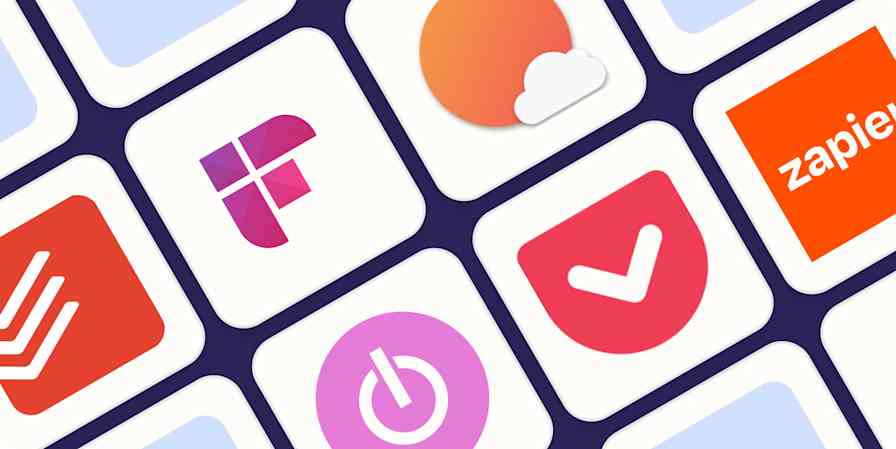Productivity tips
6 min readMicroproductivity: How to get mundane tasks done, finally
By Elise Dopson · December 6, 2024

Get productivity tips delivered straight to your inbox
We’ll email you 1-3 times per week—and never share your information.
Related articles
Improve your productivity automatically. Use Zapier to get your apps working together.









